Nick Drnaso’s fictional world is a particularly joyless one where even coming together doesn’t much help the human condition. It might even make things worse. As depicted in the Drnasoverse, each human has their own internal monologue that other humans are shut out from, and this creates distance, alienation, and confusion.
Since one of us can never know what is going on in another’s mind, and because we are so bad at expressing those secretive goings-on, our get-togethers, which seem like they should bring connection and comfort, instead become passive-aggressive clashes that start sour and go south from there.
This makes everyone feel terrible and empty, but incapable of putting their finger on the reasons why.
Drnaso portrays this pretty masterfully in Beverly, a collection of short stories that are interlinked by a wider concept and some smaller character details.
It starts with “The Grassy Knoll” (which originally appeared as a standalone mini from Oily Comics), capturing awkward interaction between a crew of teenagers working in a clean-up crew at a park, and the subsequent alienation and rejection of its most impaired member.
In “The Saddest Story Ever Told,” a mother gets the chance to preview an upcoming television show and uses this to try and bond with her daughter, but the show itself is a shallow mirror of a despairing world, and the intention of the preview becomes a stab at the mother’s sense of contribution in the world.
“The Li’L King” follows the same family on a vacation to Massachusetts, but the detachment of the children is marked by sexual and violent hallucinations that function as rebellions against the mythology of normalcy their parents push on them. Disenchantment and resentment are the main emotions in this journey.
Mapping the changes in connections, “Pudding” portrays the reunion of two childhood friends at a party, with their current friends functioning as measures of that change. “Pudding” also addresses the idea that two people can come from a similar story, but attach a different narrative to it when their stories diverge.
“Virgin Mary” utilizes a crime story to provide a sweeping overview of the people in the town. Following the abduction of Mary, Drnaso traces the rumor mill that passes through the kids in town, as well as the helpless horror felt by the adults. This is all an attempt to parse out not only what is true and what is not, but how these factors play into own fear and allow each of us to make ourselves a component of the the wider story.
“King Me” rounds up the examination in more intimate terms as we catch up with Tyler, who we last saw on vacation in Massachusetts with his family, and his attempt to be something other than himself. This culminates in an unexpected opportunity to really role play after we meet Beverly, who turns out to be a massage therapist. Even as she tries to soothe Tyler through physical touch, their interaction ends up having the opposite effect emotionally, calling out Tyler’s lies about his own life.
The human touch implies intimacy, but the body itself is revealed as an almost impenetrable shell for the sad truth inside. I say “almost impenetrable” because sometimes words get in there and spread uncomfortable self-realizations that can shut us down.
Drnaso unveils his world visually as a form of cartoonish realism, simple, clear lines capturing the world around the balloonish people that seem inspired by the rounded figures you find in some folk art. That’s coupled with a faded coloring motif that gives the impression of the people and their world as barely even being there. It’s an otherworldly presentation, but not one that borrows from anything previous. It’s its own otherworld.
Individually, each story stands alone, though might not promote the level of emptiness that Drnaso’s pieces add up to. Banded together, they are a tapestry of people not really being capable of helping other people. Drnaso’s stories take the connections between people — co-workers, family members, neighbors, classmates, childhood friends — and examines their effectiveness in binding a society in a helpful way.
The prognosis is not very promising, but Drnaso reveals himself as an insightful creator who can not only pierce the surface of other people, but map out how these hidden centers affect each other and structure community.


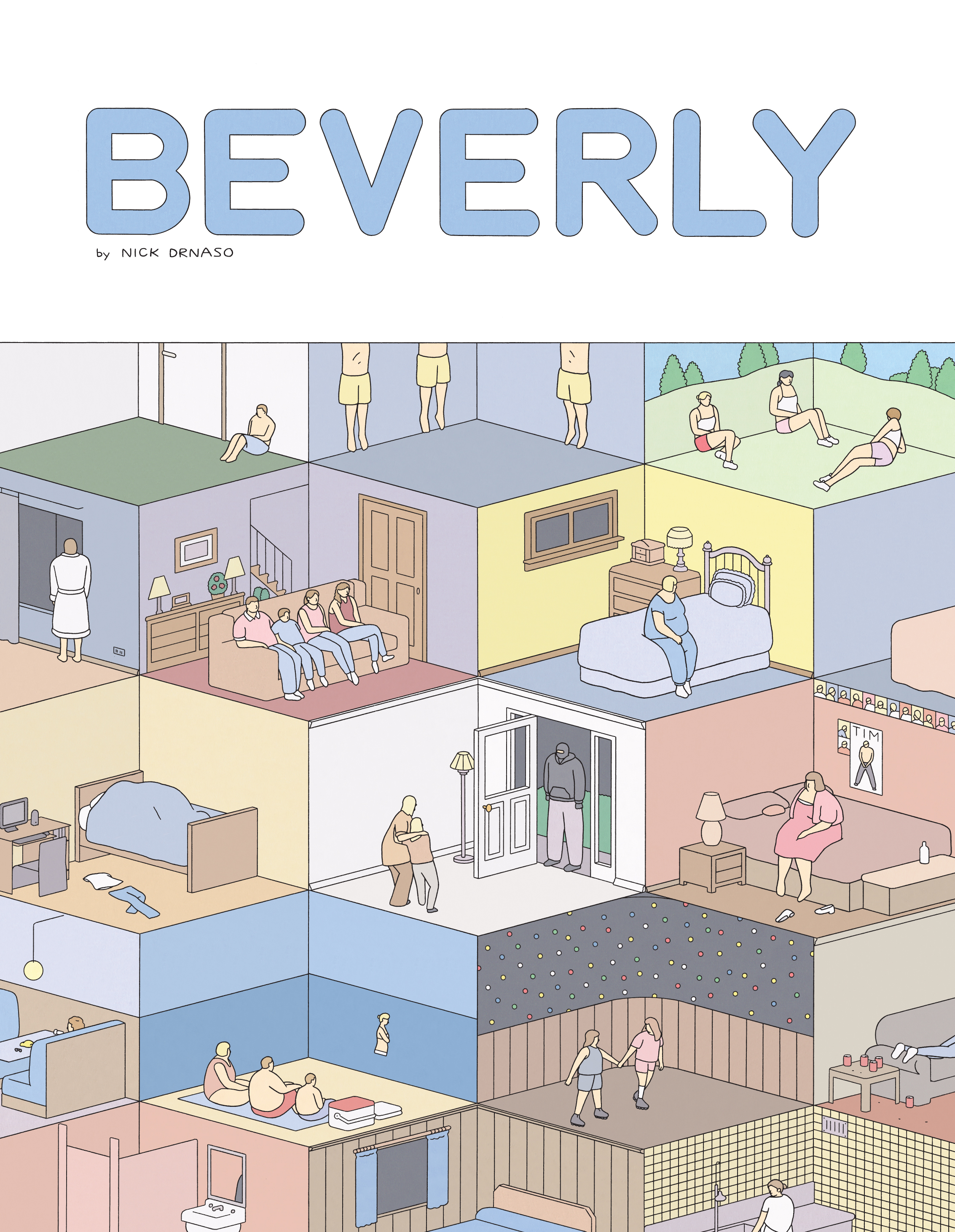
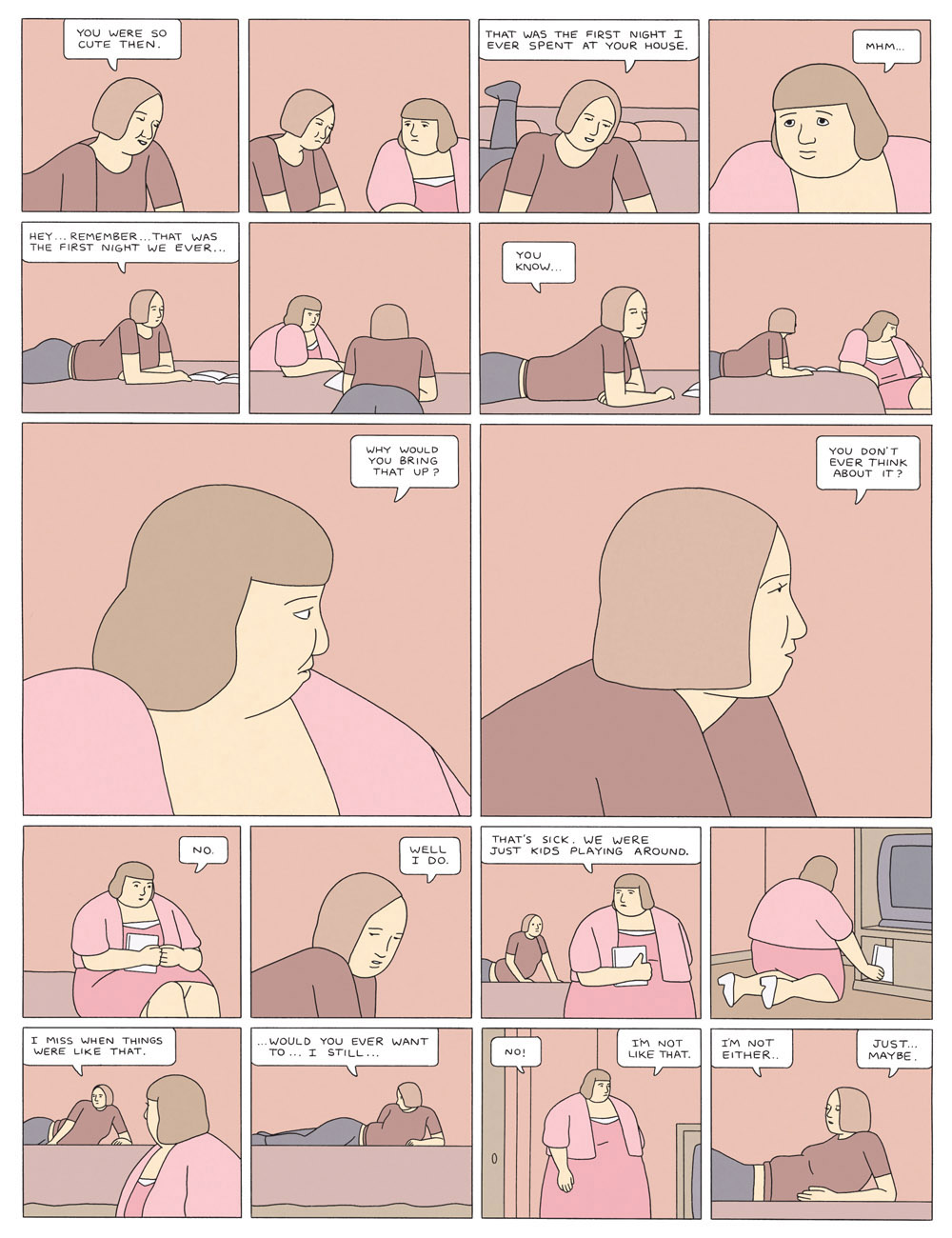
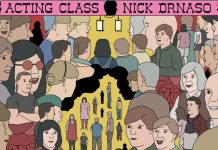
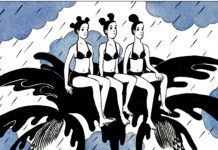
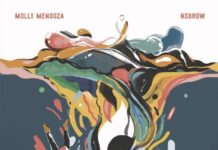


Looks great!
Comments are closed.